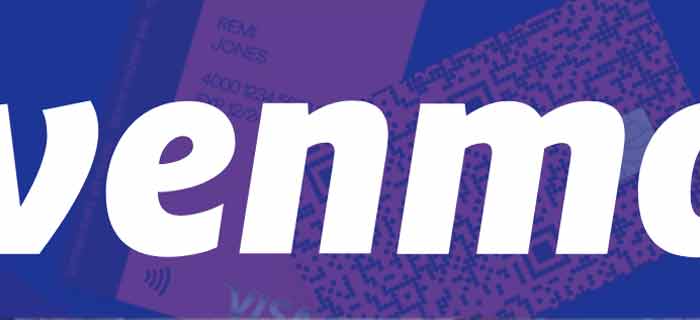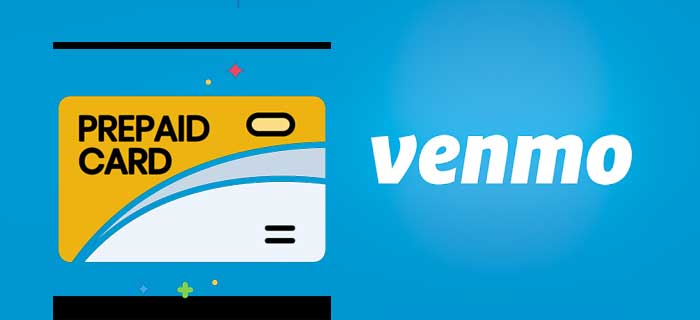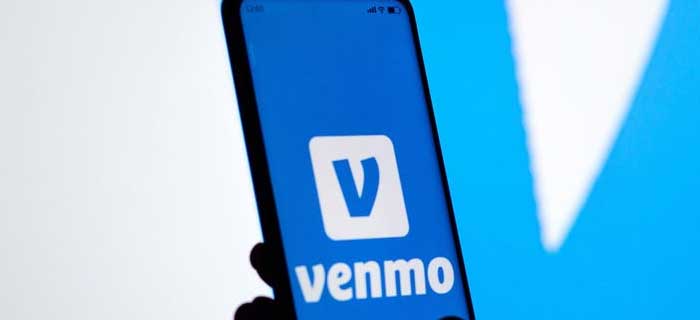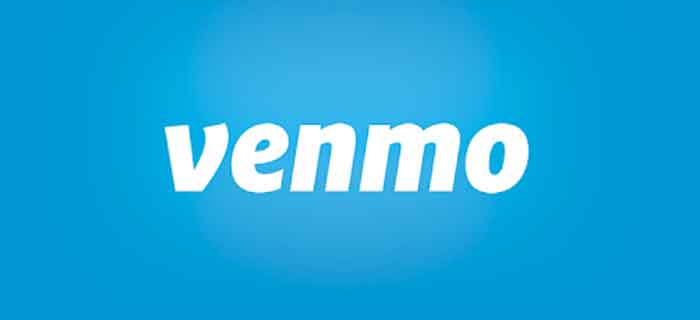Venmo is a peer-to-peer mobile payment app that you can use to send funds instantly to your friends and family. You can use it to send money to other accounts such Venmo to Zelle, Cash App or PayPal. However, when it comes to adding money to Venmo, majority of the users consider linking a bank account. What if you don’t have one? Let me tell you how to add money to Venmo without a bank account!
Can You Add Money To Venmo Without Bank Account?
If you have run out of Venmo balance and wish to add money to your Venmo account, it may be that the thought of having bank account comes to your mind. But, what if you have not linked a bank account to Venmo yet? Can you still add funds to Venmo or perhaps Venmo yourself?
Luckily, there are alternatives to bank account when it comes to adding money to Venmo. Some of the options that you can consider are:
- Direct deposits.
- Check deposits.
- Credit cards.
- Debit cards.
Bank transfer is the only way to direct add money to your Venmo account.
However, if you wish to use Venmo balance to send funds to someone or make purchases, you can do so by using linked payment method. I will discuss few of this below!
How To Add Money To Venmo With Debit Card or Credit Card?
You can link a debit card or a credit card to your Venmo account and use the funds there to make Venmo transactions. In simpler words, if you don’t have Venmo balance, you can use linked payment method instead to make transfers, payments or share money with others.
Please note that your Venmo balance would still remain zero if you didn’t have any before.
Debit/credit cards are a verified payment method for Venmo. You can link the card issued by your bank to fund the transfers. Simply follow the protocol as:
- Open your Venmo account.
- Then click on You to open the next tab.
- Select Settings.
- Then choose Payment Methods.
- click on Add Bank or Card.
- Proceed to click on Card.
- Provide Card Details.
- Alternatively, you can use the camera of your device to scan the Card Details quickly.
- Enter the Card Number manually.
You can now use the linked card to make payment and transfers. Although the use of debit card is free, Venmo charges 3% for credit card-based transactions.
How To Add Money To Your Venmo Balance With Direct Deposit?
Another option that you can consider for linked payment method is direct deposit. As the name suggests, you can get money directly deposited to your Venmo account following these simple steps:
- Open the Venmo app.
- Then tap on You.
- Select Settings.
- Move on to selecting Direct Deposit.
- Then choose the option Show Account Number.
- Copy the Account number and Routing number from here.
- Paste these details on Direct Deposit Information form from your employer.
After that, your employer can make direct deposits to your Venmo account at any time. Typically, direct deposit take the same length of time as it would for any other transfer. Moreover, you can request changes in detail of account if need be but keep in mind that such changes take about two days to be incorporated.
Sometimes direct deposits require you to enter bank information. You can get details on Venmo’s partner bank by visiting its customer support service.
Can You Add Money To Venmo Account Via Check Deposits?
Another way to fund your Venmo account is to deposit a check directly to your Venmo balance. This method works just like deposit a mobile check and does not require you to link Venmo debit card for the transfer.
- Open your Venmo account.
- Then click on Manage Balance.
- Find the option that states Cash a Check.
- The next page will ask you to enter the amount of money.
- Then you have to e-sign the check in order to continue.
- Submit the photos of the check from both sides.
This will finish the process. Venmo will start to process the transfer and soon you will see the funds added to your account.
The time it take for the funds to reach you depends on the mode of transfer that you choose. In case of check deposit, standard transfers can take up to 10 days to complete. Instant mode of transfer will ensure you get the money within minutes.
What Are Other Ways To Add Money To Venmo Account Without Bank
Other than the methods discussed above, there are some indirect ways to add funds to your Venmo account without relying on a bank account.
You can simply request a friend on Venmo to send you money or use the reload feature of Venmo debit card.
If a friend send you money from Venmo account, the transfer would be instant. This is why it is often a preferred method of getting funds in your account. However, I must suggest that only request funds like this from someone who you trust. Venmo users have been scammed trying to communicate with unknown people over the app.
Can You Get Money From Venmo Without Bank Account?
Just like you can add money to Venmo without bank account, you can also get the money out of the account without relying on a bank. However, this requires you to have a Venmo debit card.
You can apply for a Venmo debit card online and activate it via app.
Once you have the card, all you need to do is make ATM withdrawal to get the cash from Venmo account. You can use this debit card anywhere that a Mastercard debit card is accepted. There is a fee of $2.50 every time you get cash from Venmo through the debit card.
Before You Go!
There are multiple ways to add money to Venmo such as with a prepaid card, debit card, direct deposit, and check deposit. You don’t always have to rely on a bank account to add to your Venmo balance. However, linking a bank account can help you reduce the time it is taken for the transfer so it may be a good thing if you consider it.
Once you have funds in your account, you may be interested in reading how to buy visa gift card with Venmo or how you can use Venmo to borrow money. Do check them out!







